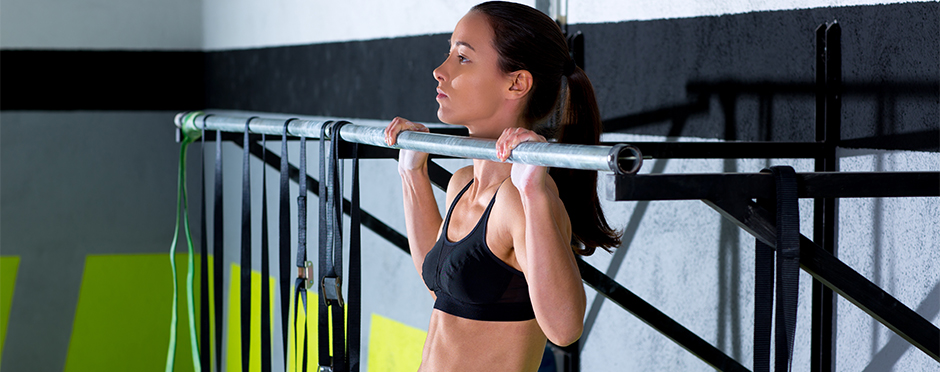
How To Do Your First Pull-Up
2 CommentsMy first experience with pull-ups was back in elementary school for the presidential fitness testing that we all had to go through. I remember seeing my classmates being able to perform numerous repetitions, and I remember how I felt when I couldn’t do any. When testing came around during my 6th-grade year, I could finally perform one pull-up! I felt on top of the world that day. Looking back at that testing, it seems like a simple task but intimidating at the same time. There’s a bar hanging off the wall, and all you have to do is pull yourself up high enough that your chin passes the bar; it all sounds so easy. But, for some, it’s just as big of a challenge as I went through. I want to help you be able to do your first pull-up, and for those of you who already can, I want to help you increase your proficiency with them. Once you can do them, the world can become your gym as you’ve added a new exercise to do regularly. Are you playing with the kids at a park? You can use the monkey bars to get a back workout in.
The following tips are not a one-size-fits-all model, but they are a great start to help you progress into your first pull-up. The most important factor is consistency and determination!
- Perform Lat Pulldowns 2-3 times per week, trying to add weight or repetitions each week. This will help increase your back strength in a vertical pulling motion. Use a variety of grips, as well, for added stimulation and movement proficiency.
- Using a pull-up bar, you can set up a box or a chair to stand on to allow your legs to help assist you with your pull-ups. You will be able to work the pattern with the bar and accumulate a lot of reps, practice, and strength in the motion. Word of advice, use your legs only as much as necessary to help complete the motion. You’re trying to work your upper body, not your lower.
- Pull-up bands are cheap and come in many different resistance levels. These can be wrapped around the bar, and you can place your feet in them and perform assisted pull-ups.
- Once you have gained confidence with the motion, you can use the box or chair set up to get you to the top portion of the repetition (chin above the bar) and slowly lower yourself to the bottom position where your arms are straightened out, taking about 3-5 seconds during this process. You can use your legs to help you back to the top position.
- Once these steps have been taken, strengthening the pulling muscles and pattern building, you will be ready to try your first pull-up. Don’t worry if you don’t get it on your first try; just start back at the beginning and continue to build up strength in the pattern.
Being able to do a full pull-up is a very satisfying activity to accomplish the first time you do it. It’s a great exercise to utilize consistently for overall back strength and health. Remember to be kind to yourself as you guide yourself through the process. If you have further questions about how to increase your pull-up strength, schedule your Free Assessment with your local Athletico today.
*Per federal guidelines, beneficiaries of plans such as Medicare, Medicaid, Tricare, VHA and other federally funded plans are not eligible for free assessments.
The Athletico blog is an educational resource written by Athletico employees. Athletico bloggers are licensed professionals who abide by the code of ethics outlined by their respective professional associations. The content published in this blog is for informational purposes only, does not constitute medical advice and should not be relied on for making personal health decisions.

2 Comments
Colin Crawford
Tanner, thanks for these helpful pull-up tips! Which grip do you recommend: palms facing away (as in photo), or palms facing toward the body? Seems like palms facing toward the body would allow for more bicep engagement, but not sure. Thanks again!
Tanner
Colin,
I recommend a variation of grips usually due to the minor differences in muscle contribution that occurs. Palms facing toward you will engage more biceps, and people tend to find that to be an easier movement to perform. That version is one I love to perform with my own training!